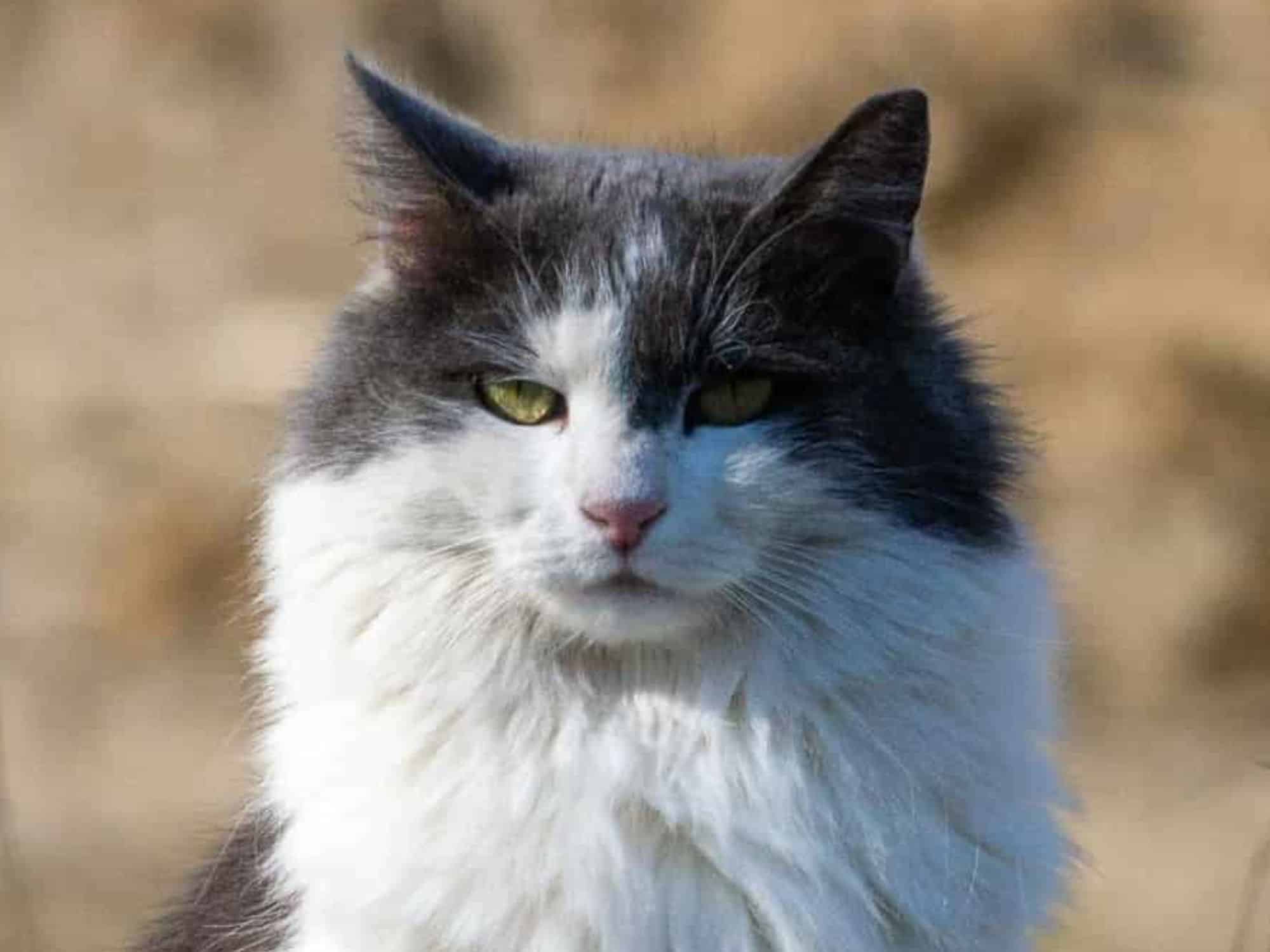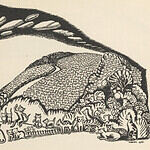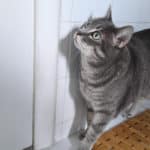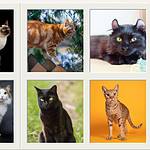Articles

How Far Do Cats Roam?
A small study into the roaming behavior of stray cats in protected areas of Spain revealed that cats in wetland environments tended to cover greater distances than those in farmland settings.

Three Cats Spent 12 Days with a Robot
Researchers looked at the interactions of three cats who spent 12 days with a robot in an enclosure called "Cat Royale."

The Oldest American Children’s Book Still in Print is About Cats
At its core, "Millions of Cats" is a fable about the folly of vanity and the value of uniqueness.
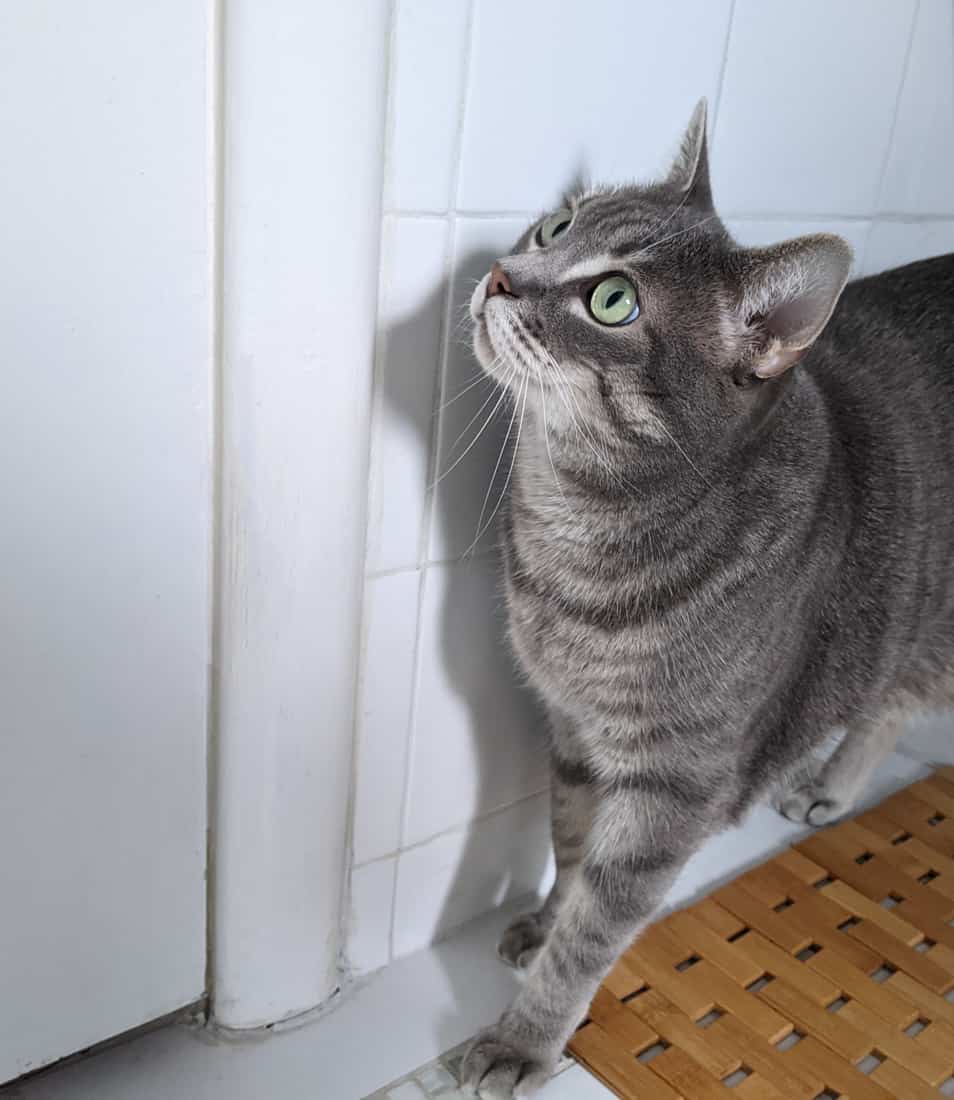
Why Can Some Cats Open Doors?
Cats are extremely intelligent, and the most perceptive cats can learn to open doors simply by watching their owners.
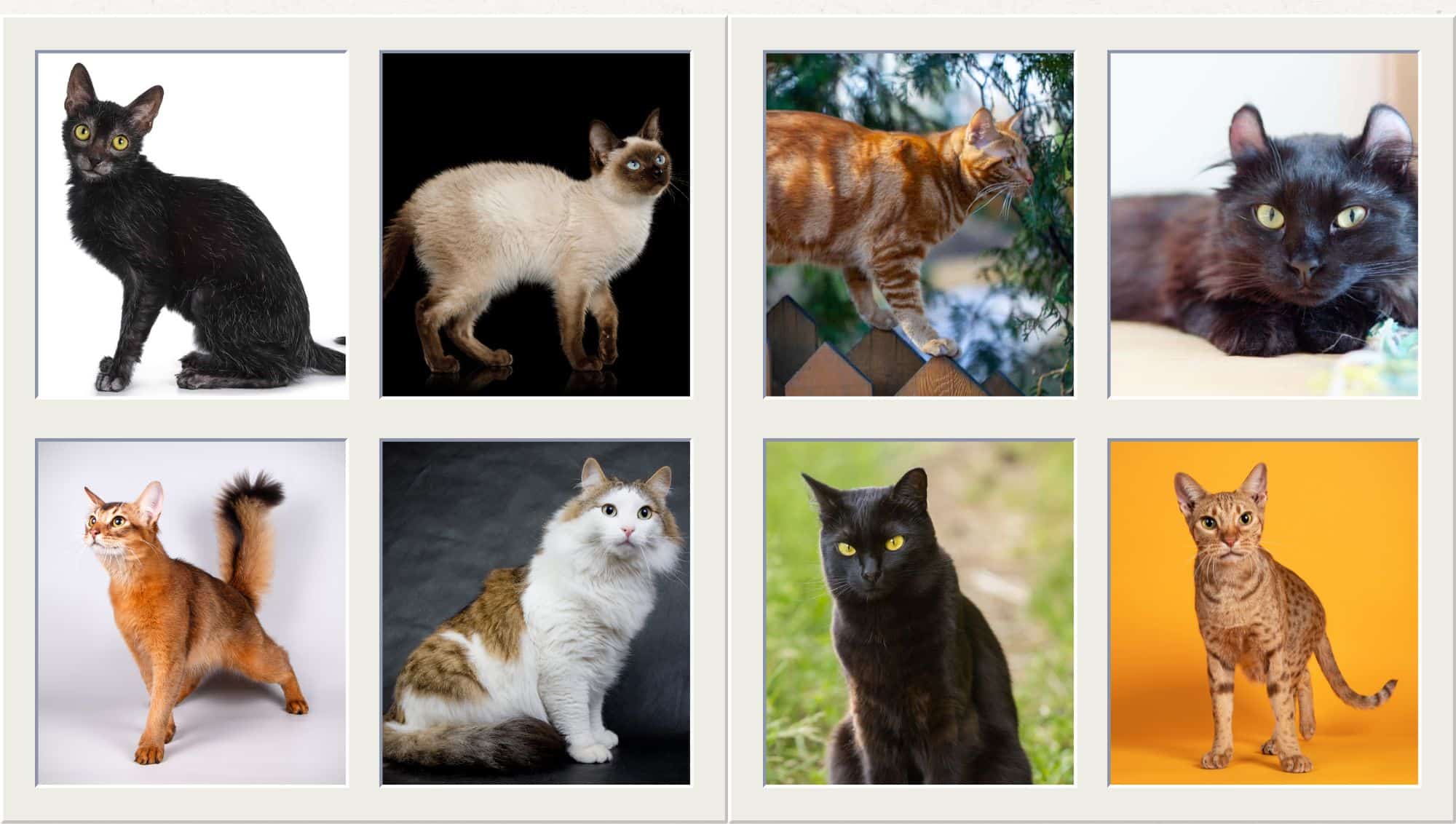
Timeline of Modern Cat Breeds
With the advent of modern cat breeding, more and more purebred cats are being developed.
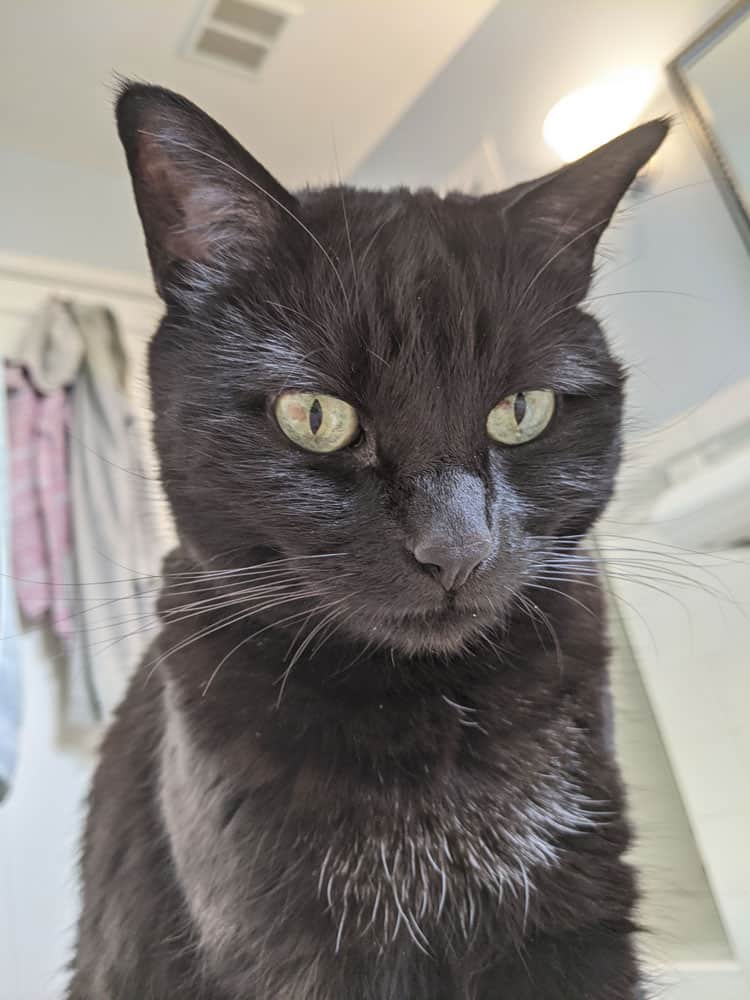
What is Being Afraid of Cats Called?
The most commonly accepted term for being severely afraid of cats is ailurophobia.

Picking the Right Litter Box for Your Cat
Picking the right size and style of litter box will help encourage your cat to use it.
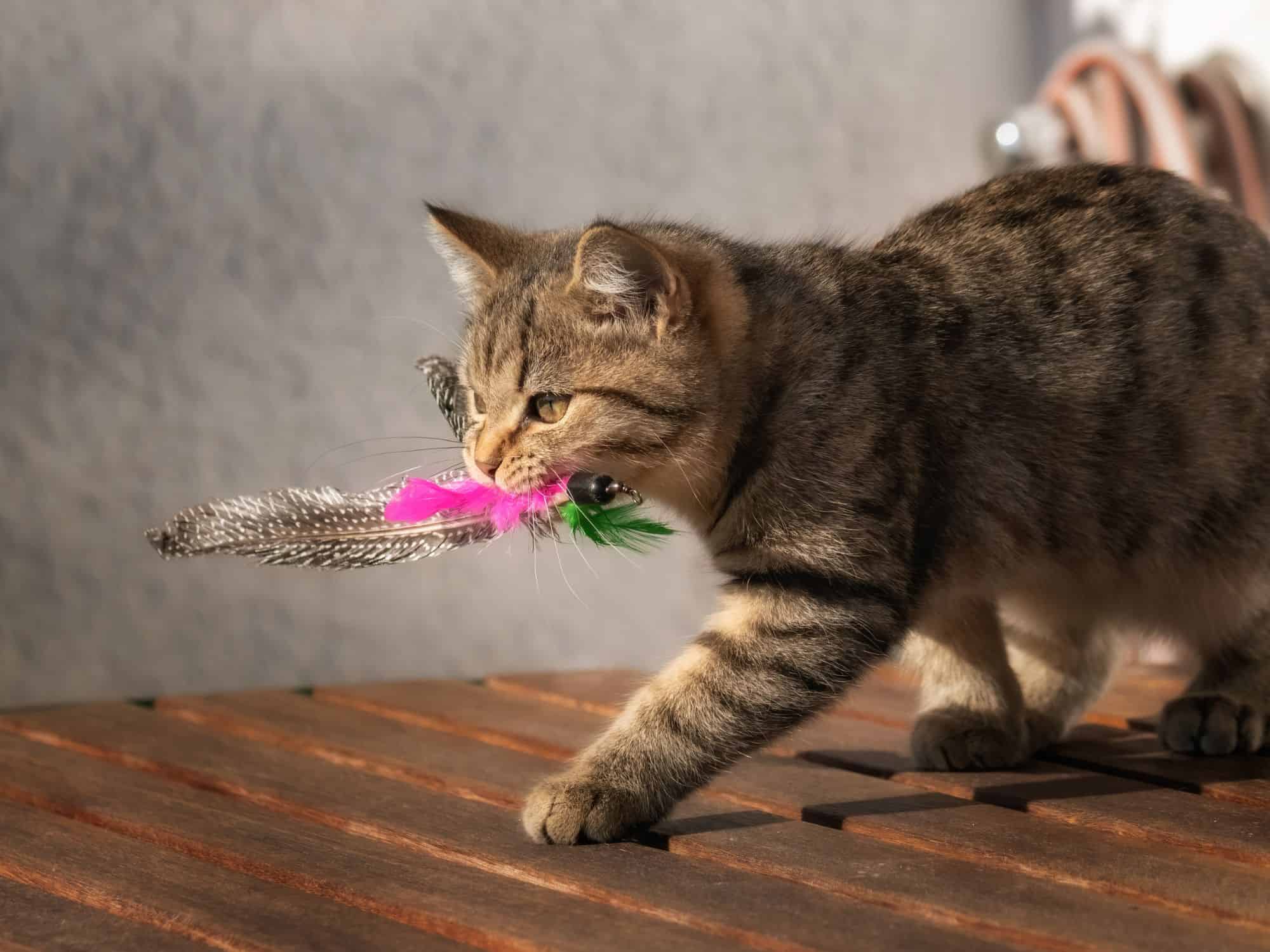
How Do Cats Learn to Play Fetch?
A study found that most cats who play fetch are self taught.
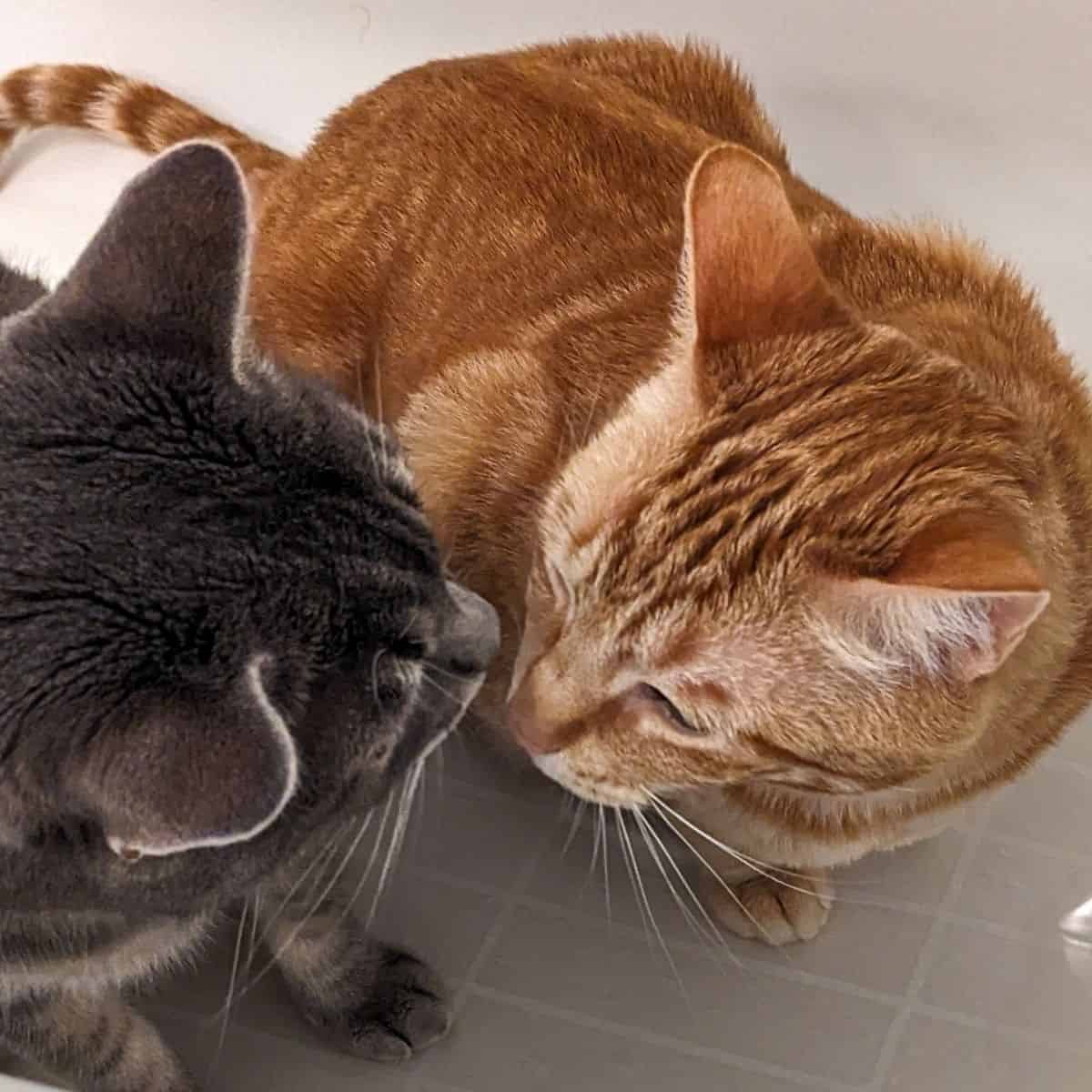
Study: Bacteria Change the Smell Cats Use to Communicate
A published study analyzed the microbiome and chemical composition of anal gland secretions used by domestic cats to communicate.

